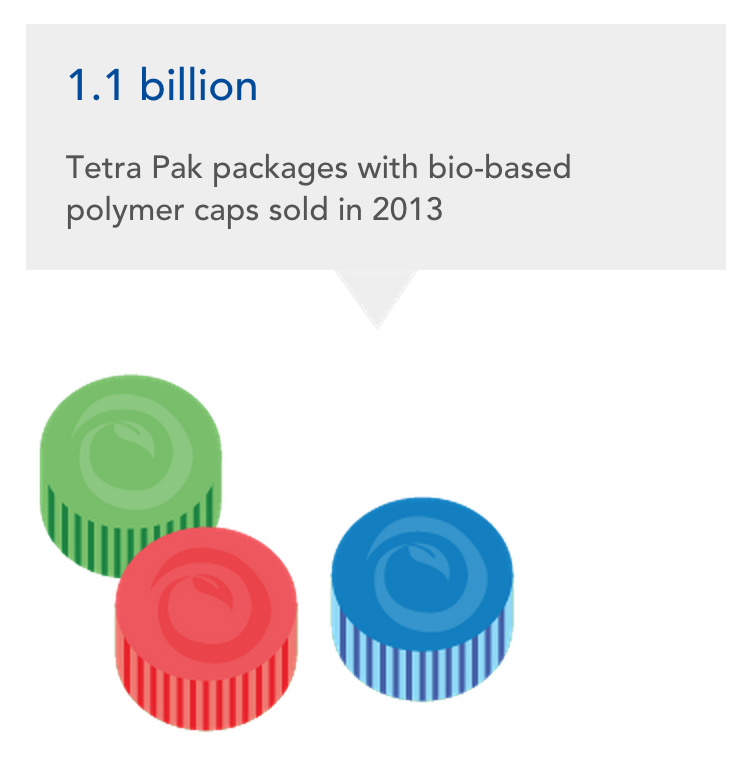Here is a recent study from Tetra Pak Environment Research conducted every two years since 2005.
The 2015 edition polled over 6000 consumers and more than 200 food industry stakeholders in a total of 12 countries, including Brazil, China, France, Germany, Japan, India, Russia, South Africa, Sweden, Turkey, UK and USA. This year’s survey was conducted in partnership with Millward Brown.
In a global survey of some 6,000 consumers across 12 different countries, more than three-quarters claimed that environmentally sound packaging has an influence on the beverage brand they buy. The survey, carried out this year for Tetra Pak, revealed a growing appetite among consumers for products that tick the right environmental boxes. When asked about recent purchasing habits, two-thirds said they have bought environmental products, even when they cost more, while around the same proportion have avoided specific brands or items due to environmental concerns.
Environmental factors were even considerably stronger influence on beverage brand choice in developing markets such as China, Turkey, Brazil and India compared to the UK, USA or Japan. In India, China and Turkey, more than 60% of those surveyed said they always look for environmental information on the beverage products they buy compared to less than 25% in the USA, UK and Japan. When asked about recent purchasing habits, two-thirds of the total consumers surveyed said they have bought environmental products even when they cost more, while around the same proportion have avoided specific brands or items due to environmental concerns.
In response, a parallel survey among food manufacturers showed that majority of them have included environment as part of their business strategy. More than half are now sharply focused on using responsibly sourced materials, with more and more seeing renewable materials as a key element in product differentiation.
As to barriers to environmental initiatives, production cost remains the key barrier for manufacturers but materials availability and quality, as well as adequate technology are no longer considered unsurmountable barriers.
Polymers account for 23% of Tetra Pak’s total base raw material consumption in 2013 after paperboard (72%). The rest is aluminum foil. In carton packaging, a thin layer of polymer is required to avoid moisture getting in or out of the carton (for food protection) and to act as an adhesive layer between the paperboard and the aluminum. Closures and straws are also made out of plastics. All of the company’s packaging in Brazil is now made with bio-based PE supplied by Braskem.




